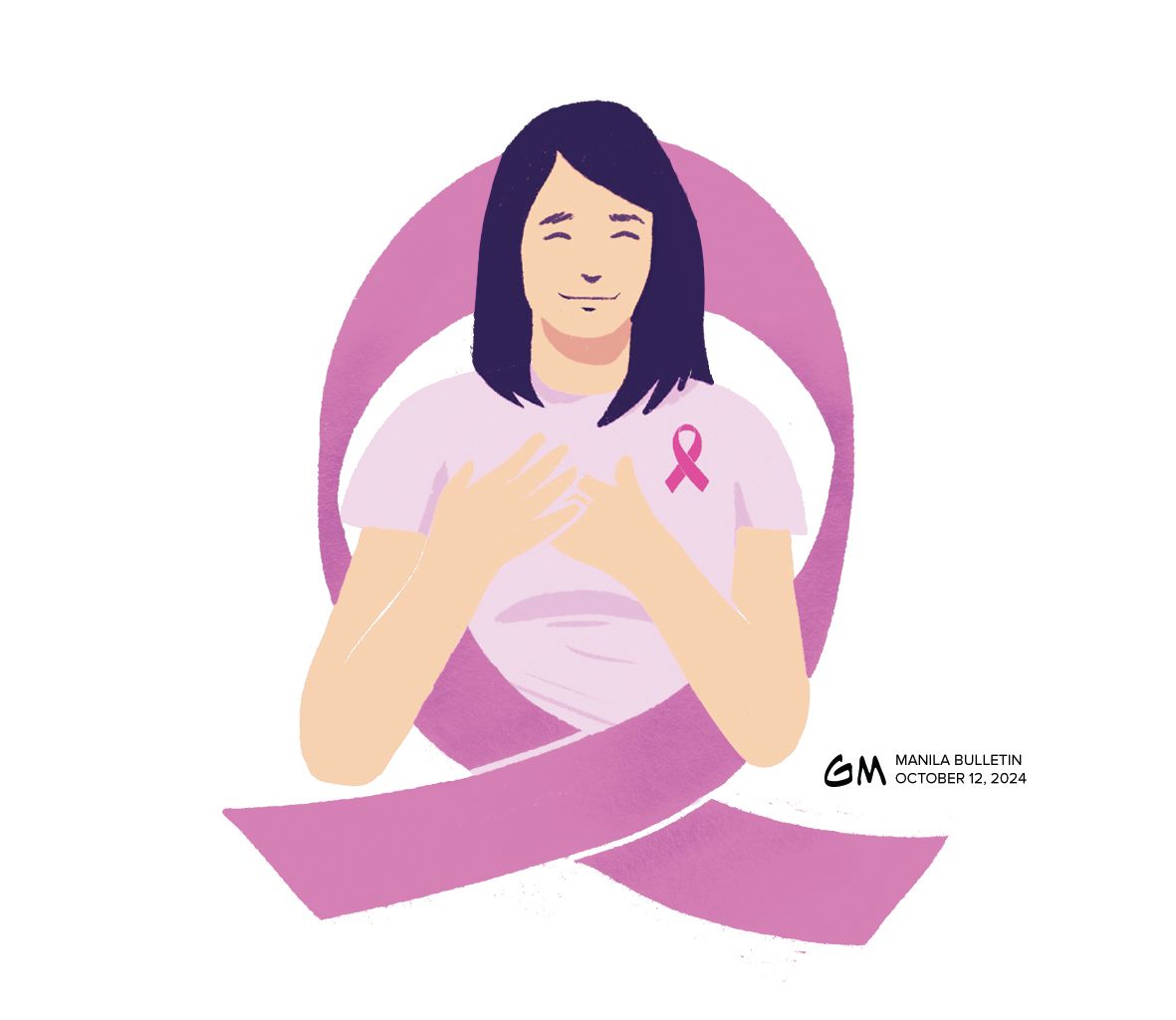
Pink ribbons, pedestrian lanes, posters and buildings lighted by pink lights in many places around the country is a reminder that October is Breast Cancer Awareness Month (BCAM) which is celebrated globally led by the World Health Organization (WHO).
Breast cancer is the most common cancer globally with around 2.3 million new cases every year. It represents one in eight cancer cases in both sexes and a quarter of all cancers in women with “70 percent mortality occurring in resource constrained settings.” Low levels of awareness and knowledge result in late-stage diagnosis that contribute to a higher mortality rate, the WHO said.
“This October we will highlight the importance of early detection, timely diagnosis, comprehensive treatment and the need to provide support for persons with lived experience including through patient navigation,” the WHO said. The theme of this year’s celebration is “No one should face breast cancer alone,” a reminder that early diagnosis and care needs the support of family and friends.
“By providing public health education to improve awareness among women of the signs and symptoms of breast cancer and, together with their families, understand the importance of early detection and treatment, more women would consult medical practitioners when breast cancer is first suspected, and before any cancer present is advanced. This is possible even in the absence of mammographic screening that is impractical in many countries at the present time,” WHO emphasized.
According to the American Cancer Society, when breast cancer is detected early, the five-year relative survival rate is 99 percent as compared to a patient with distant metastasis, which decreased to 29 percent. Therefore, enhanced screening techniques for early disease detection and prompt treatment are necessary to improve cure and survival rates (Journal of Clinical Oncology).
Breast cancer is responsible for one in every 10 cancer deaths and is the third leading cause of cancer mortality in the Philippines, according to a 2020 report by the Global Cancer Observatory. The WHO reported breast cancer incidence in the Philippines to be 33,079 in 2022 - among the highest in Asia.
About 65 percent of breast cancer cases are diagnosed in the advanced or late stages due to lack of adequate treatment and early detection, Philippine Cancer Society president Dr. Corazon Ngelangel said in a forum in 2023. "There are 27,163 new cases a year and 9,906 deaths in a year for both sexes."
Many non-profit and volunteer-based organizations have committed time and resources to spread awareness on breast cancer. Information forums on early detection through breast cancer screening which leads to early treatment are regularly conducted by these groups who also provide support for treatment.
The Global Breast Cancer Initiative (GBCI) was launched by the World Health Organization (WHO) in 2021 to reduce mortality rates by 2.5 percent per year by 2040 to save 2.5 million lives. This will be promoted through three key pillars of action on health promotion for early detection, timely diagnosis; and comprehensive breast cancer management.
There is room for more support to spread breast cancer awareness that will lead to early detection, treatment, and an increased survival rate.
Here’s where you can help WHO’s objectives: Raise awareness and drive behavior change; facilitate the sharing of knowledge and strengthen partnerships for breast cancer control; support the adoption of WHO’s Global Breast Cancer Initiative; and promote patient support and address socio-economic disparities in the access to breast cancer care.